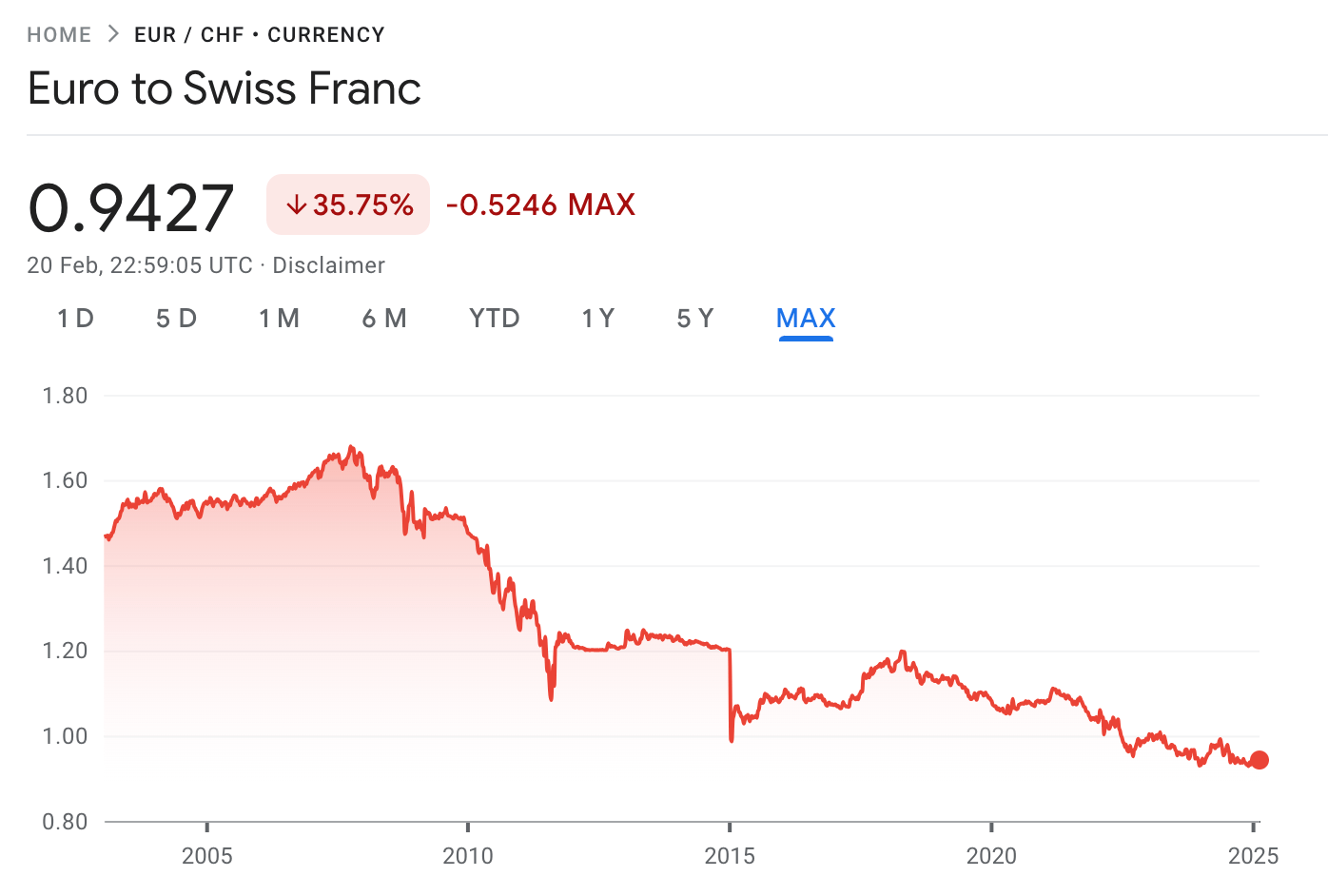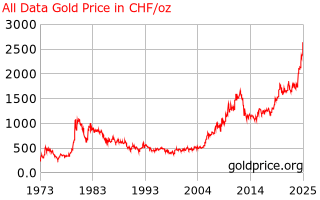Switzerland generally does not “operate at a loss” under normal conditions. In fact, the Swiss government usually runs balanced budgets or small surpluses, thanks in part to a constitutional “debt brake” rule that limits deficits. For example, after incurring deficits in 2020–2021 due to pandemic spending, Switzerland’s fiscal balance swung back to a surplus of about 1% of GDP in 2022. Preliminary data indicate another surplus in 2023 – roughly CHF 4.4 billion for the general government – even without any profit transfer from the Swiss National Bank (SNB) that year (Public finances). By 2024 the federal budget was essentially balanced (a tiny CHF 80 million deficit on a budget of around CHF 80 billion). In short, tax revenues have been sufficient to cover expenditures in recent years, often yielding a modest surplus. Normal tax income usually exceeds or meets spending, with shortfalls only arising during extraordinary events (like COVID-19) or due to deliberate one-off outlays. Historically, Switzerland had balanced budgets and only began running larger deficits in 2020 with the COVID shock. As pandemic costs waned, the budget returned to balance, indicating that under typical circumstances tax revenues do cover government spending. Even looking ahead, projected deficits are relatively small (on the order of CHF 2–3 billion annually, or well under 1% of GDP) and reflect new priorities (e.g. higher defense and pension costs) rather than structural insolvency.
Financing of Deficits: Bonds and Investors
When Switzerland does run a deficit (or needs to refinance debt), it issues government bonds and short-term bills to raise funds. The Swiss Confederation’s finance agency regularly auctions these bonds and Treasury bills, with the SNB acting as the Confederation’s banker to conduct the auctions. Investor demand for Swiss government debt is strong, and Swiss federal bonds have historically even carried negative yields (investors effectively paying Switzerland to hold their money) due to the country’s safe-haven status. The bonds are typically purchased by private and institutional investors, such as banks, insurance companies, investment funds, and pension funds. In fact, when the government issued its first green federal bond in 2022, most of it was snapped up by domestic investors (led by insurers, funds and pension funds) via banks (Green Bonds) – the same pattern holds for conventional government bonds. This means the market – not the central bank – finances the Swiss government’s debt. Switzerland’s credit rating is excellent (AAA), and its debt is viewed as very safe, so the government has no trouble borrowing modest amounts. Overall, tax revenues fund the bulk of expenditures, and any deficit is covered by bond issuance to investors.
SNB’s Role in Government Debt
The Swiss National Bank does not directly finance government spending. By law, the SNB is prohibited from buying newly issued government debt or lending directly to the Treasury. It can purchase Swiss government bonds only on the secondary market, and its holdings are minimal. As of end-2023, the SNB held just CHF 840 million in Confederation bonds – a mere 1.2% of all outstanding federal bonds. This tiny share shows that the SNB’s balance sheet is not relied upon to absorb government debt. (For comparison, many other central banks hold much larger portions of their national debt.) The SNB’s monetary policy in recent years has focused on forex interventions and maintaining price stability, rather than quantitative easing of domestic bonds. In sum, virtually all Swiss public debt is held by the private sector (domestic and international investors), and the SNB’s involvement in funding the government is negligible. The central bank acts as a facilitator (banker) for issuing and settling government securities, but it does not serve as a buyer of last resort for government bonds under normal circumstances.

